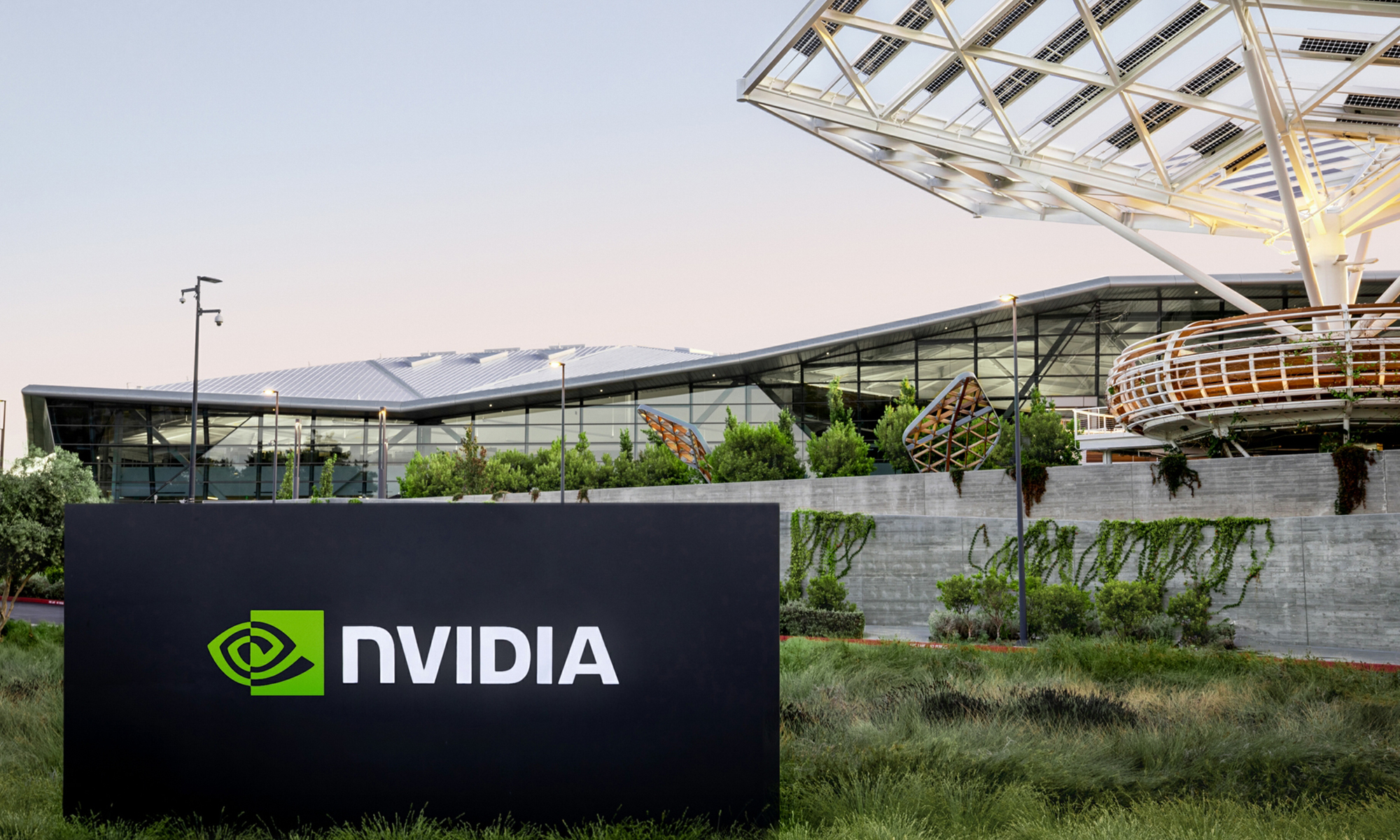Nvidia (NVDA 3.30%) has enjoyed a massive bull run this year, with its stock up by about 180% since Jan. 1. That's a stark improvement from the 50% decline the company's shares experienced amid the macroeconomic headwinds of 2022. Nvidia's shift from being a primarily PC-gaming-focused business to AI development has helped strengthen its outlook and make it less reliant on consumer chip sales (alongside its continued success in its data center segment, of course).
As a result, it's not a bad time to consider investing in this tech giant before its stock price flies any higher. However, before you pick up shares, it would be wise to familiarize yourself with the negative and positive aspects of the company. Nvidia's AI potential will need to outweigh its stock's expensive valuation.
Here is one green flag and one red flag for Nvidia in 2023.
Green flag: Lucrative partnerships in multiple areas of tech
Before this year, Nvidia was best known for its powerful consumer graphics processing units (GPUs), which are extremely popular among PC gamers. The company was a major growth driver in the $32 billion PC gaming industry. Nvidia's success in that arena allowed it to expand to other markets, forming lucrative partnerships with some of the biggest names in tech.
For instance, Nvidia's GPUs have provided computational muscle to the world's biggest cloud platform, Amazon Web Services, for over a decade. That partnership significantly bolstered Nvidia's data center segment and allowed it to lean less on consumer chip sales. In fact, data centers surpassed gaming in fiscal 2022 as its top sales segment, with revenue rising 41% year over year to $15 billion.

NASDAQ: NVDA
Key Data Points
Moreover, Nvidia's position as the main chip supplier of OpenAI's ChatGPT has solidified its transition from a gaming company to a leading AI chip designer. According to data from TrendForce, ChatGPT's processing needs for training data alone utilized the equivalent of about 20,000 GPUs in 2020, with that figure expected to exceed 30,000 as the platform readies for commercialization.
Between Amazon and ChatGPT, Nvidia has become the primary chip provider to the biggest names in cloud computing and AI. As both markets develop, Nvidia's ability to supply its hardware to other companies in those spaces only strengthens its outlook.
Red flag: There are cheaper ways to invest in AI
The downside of Nvidia's recent rally is that much of the company's potential near-term growth is now baked into its price. The chart below illustrates how Nvidia's stock has experienced more than twice the growth of many other AI stocks this year.
Data by YCharts.
Nvidia now trades at a price-to-earnings ratio (P/E) of 211. Usually, investors would view a P/E as attractive if it were below 20. However, the good news is there are still plenty of ways to take advantage of the booming AI market. For one, you can still buy Nvidia stock with plans to hold it for the very long term. The company's shares have risen by more than 11,000% in the last decade. Considering its solid position in AI, there's no telling how high Nvidia's stock could soar over the next 10 years.
However, if you're more of a bargain shopper, some other attractive options are Intel, Alphabet, and Microsoft, with their considerably lower price-to-earnings ratios of 16, 27, and 36, respectively. Each of them has made AI a growing focus of its business, with Intel striving to challenge Nvidia in chips, Alphabet developing a competitor to ChatGPT, and Microsoft dominating AI services as the biggest investor in OpenAI.
Nvidia continues to have a strong outlook over the long term, thanks to the varying applications for its chips across the tech market. However, the company will likely need a fair amount of time for its business results to live up to its current valuation.





